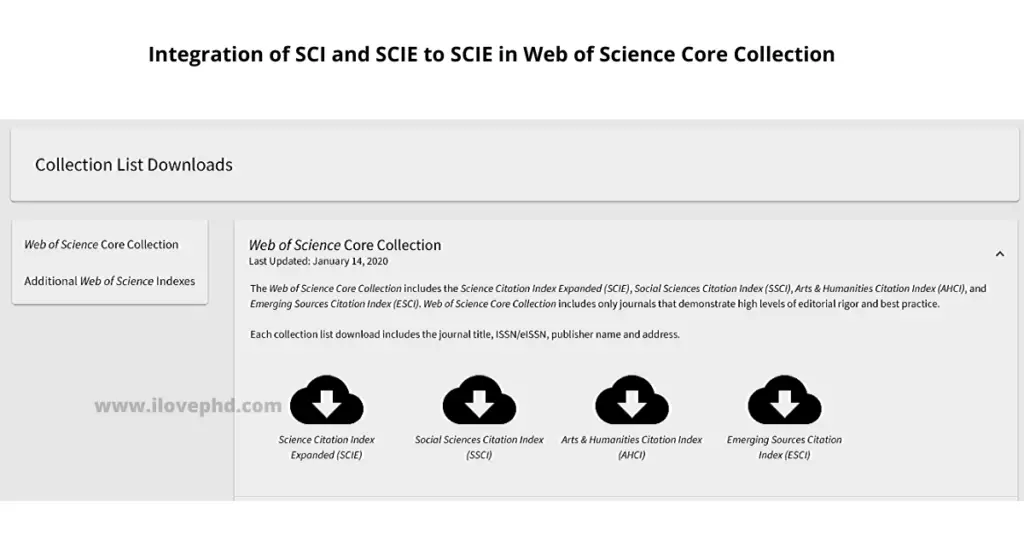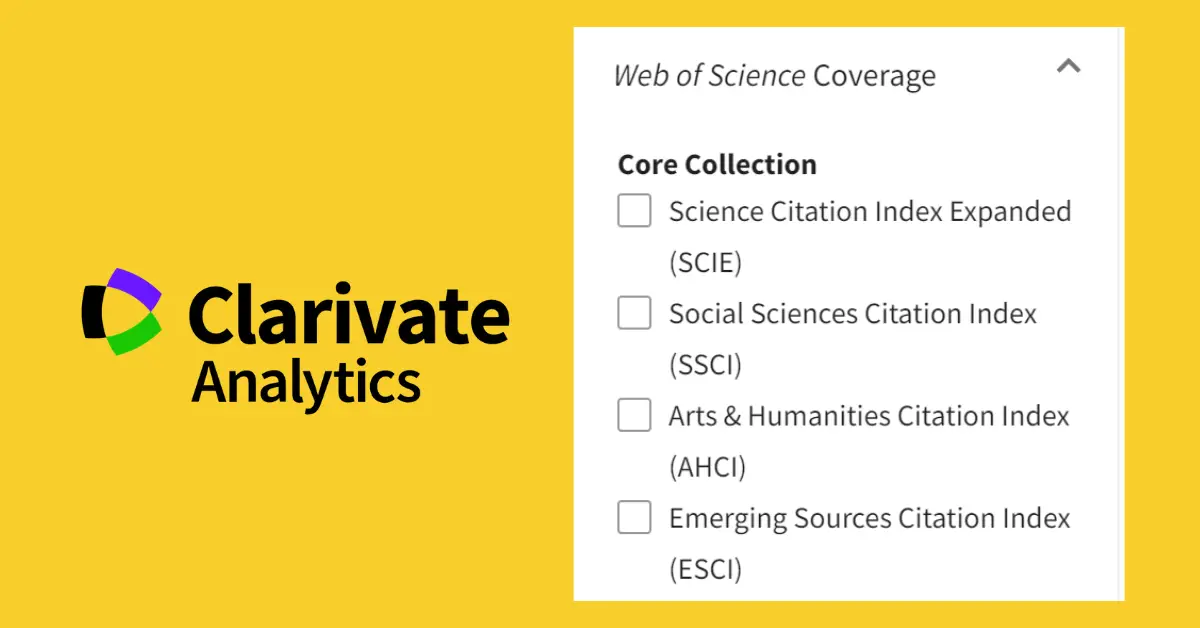Recently, Clarivate Analytics Announces the Integration of SCI and SCIE to SCIE from 2020. The journal indexing such as Science Citation Index (SCI) and Science Citation Index Expanded (SCIE) are received more good reputation across the publishing industries to measure performance and citation metrics of both at the journal and author level.
The journals indexed under this databased are considered to be the world’s leading journals of science and technology, because of a rigorous selection process.
The different indexing categories carried out by the journal evaluation companies create more confusion among researchers to choose the right journal for the publication of their scientific manuscripts.
What is the difference between SCI, SCIE and ESCI Journals?
Scientific Citation Indexing (SCI) service originally produced by the Institute for Scientific Information(ISI) during 1964. ISI was acquired by Thomson Scientific & Healthcare in 1992 and named Thomson Reuters Intellectual Property and Science Business, which became known as Thomson ISI, later it maintained by Clarivate Analytics to provides a comprehensive citation search of all indexing.
The Science Citation Index Expanded (SCIE) is the larger version SCI which covers more than 8,500 notable and significant journals, across 150 disciplines, from 1900 to the present.
SCIE is similar to the SCI except for the two differences:
- Impact factor: SCI has non zero impact factor but SCIE journals are just ranked for impact factor.
- Storage formate: Both SCI and SCIE are available online. However, SCI is available on CD/DVD format but SCIE is not.
Why SCI Index and SCIE Integration?
SCI and SCIE do not differ in the quality of the paper, but only in the difference that SCI is data provided on CD/DVD and SCIE is data provided online. Also, it creates confusion among SCI and SCIE’s classification and identification of the journals.
To solve this problem, Clarivate Analytics said it has been working to set internal policies and add information and URLs for each journal since October 2019, and that it will provide SCI by integrating SCI into SCIE without officially using SCI classification as of January 3, 2020.

With this information, all SCI journals in the Web of Science Core Collection are classified as SCIE form January 2020.
List of SCI-SCIE Indexed Journals in Computer Science and Engineering

Basic requirements for indexing in Web of Science (WoS)?
All journals submitted to the core Web of Science databases will be evaluated by the following criteria.
- Whether the journal follows a proper peer review process?
- Whether the journal follows ethical publishing practices?
- Whether the journal meets technical requirements?
- The journal has good English language bibliographic information or not?
- Whether the journal recommended or requested by a scholarly audience of Web of Science users.
If the journal passed the evaluation in a successful way it will be indexed in the ESCI while undergoing more in-depth editorial review.
Hope, this article helps you to know the difference between SCI SCIE and ESCI journals.
Courtesy: Thomson Reuters and Clarivate Analytics
Also Read,
How to Identify ISI, Scopus, or Scimago Indexed journals?
How the Journal Impact Factor(JIF) and H-Index are Calculated?


[…] by Clarivate. This article highlights the recent MDPI journals impact factors from the updated Clarivate Analytics journal citation […]